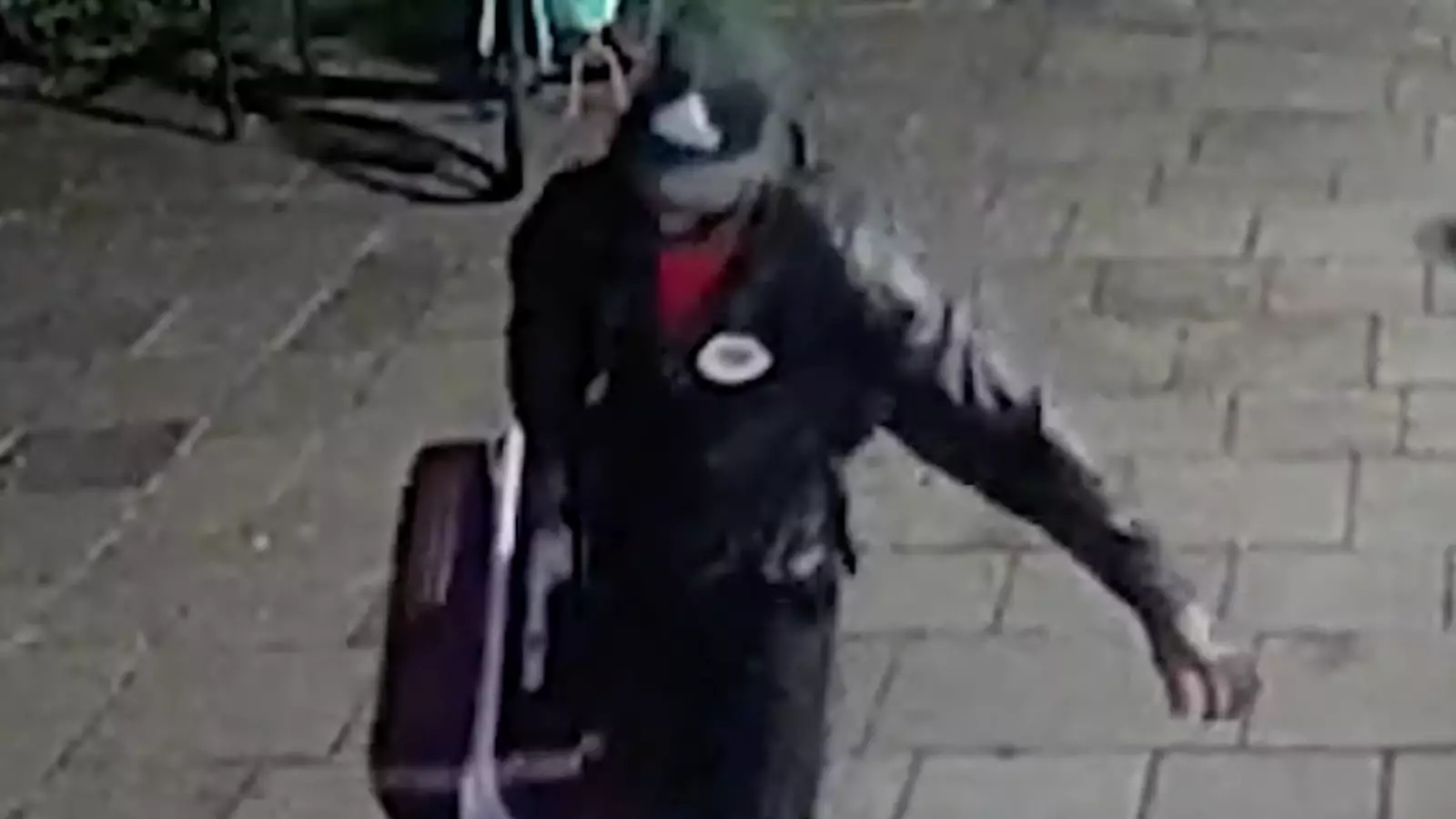The recent gruesome crimes committed in West London reveal a disturbing intersection of brutality, societal oversight, and unpreparedness that leaves one questioning the fragile fabric of community safety. The brutal murders, carried out by Yostin Andres Mosquera, expose not only the depths of human depravity but also highlight a society ill-equipped to confront or prevent such heinous acts effectively. What is most unsettling is how ordinary citizens, drawn into a nightmare of violence, attempted—ultimately unsuccessfully—to intervene, only to be left deeply traumatized by their unintended complicity.
While the details of the murders are horrifying—decapitations, dismemberment, and the chilling storage of body parts—the aftermath demonstrates the failure of societal vigilance. Ordinary people, enjoying a moment of leisure watching football, found themselves unwitting participants in a scene straight out of a nightmare. Their innocent impulse to help a struggling individual quickly turned into a traumatising encounter with the grotesque reality of murder. This underlines the urgent need for a society that values awareness, preparedness, and compassion—not just reactive responses to violence.
Systemic Failures and the Need for Better Vigilance
Public reactions to Mosquera’s actions underscore a larger systemic failure. The passersby, despite their good intentions, lacked the knowledge or tools to adequately assess or contain the situation. Their misguided attempts to assist—trying to help load the suitcases and even communicating through Google Translate—point to a broader issue: societal dependence on sheer goodwill without the necessary safeguards or criminal awareness. In many ways, the story reveals how casual interactions can escalate into complicity, especially when individuals are ill-prepared for extreme circumstances.
More alarmingly, the police response, while ultimately effective, illuminates the tragic gap between society’s expectations of law enforcement and the often traumatising reality of crime scene investigations. Police officers faced scenes that most humans are fundamentally unequipped to handle; opening suitcases with severed limbs and torsos is a trauma-inducing task that highlights how unprepared we are for confronting visible evil head-on. We expect law enforcement to be resilient, but their psychological strength relies on extensive training—yet even they face moments of profound horror. This suggests a societal failure to acknowledge the mental health toll on officers and the need for continued support.
The Failure of Preventative Measures and the Power of Vigilance
Mosquera’s escape and subsequent arrest reflect gaps in preventative measures and intelligence. A violent act of this scale requires systemic intervention—by law enforcement, mental health professionals, and social services—that was evidently lacking here. The fact that Mosquera could transport body parts over a bridge into the public realm indicates a failure to predict and prevent such violence.
However, the true hero of this tragic saga is a vigilant cyclist who took it upon himself to follow the suspect and document his movements. That this single act of bravery provided crucial evidence highlights an uncomfortable truth: everyday citizens often bear the burden of safety in their communities. While society relies on police and institutions to maintain order, it is the individual acts of vigilance—though costly—that can serve as the difference between unchecked chaos and community safety. This cyclist’s bravery exemplifies the importance of community engagement, but it also rings alarm bells on how often such vigilance must be relied upon as a last resort.
Ultimately, this tragedy exposes the tragic shortcomings of societal structures and calls for a renewed focus on proactive safety measures—mental health interventions, community education, and better law enforcement strategies. Society cannot afford to be complacent when evil lurks in the shadows, waiting for the moment to strike. Instead, a collective effort must be made to foster an environment where warning signs are recognized early, and intervention is swift, not reactive. Only by confronting the darkness head-on—acknowledging our vulnerabilities and empowering communities—can we hope to prevent future horrors of this magnitude.


Leave a Reply